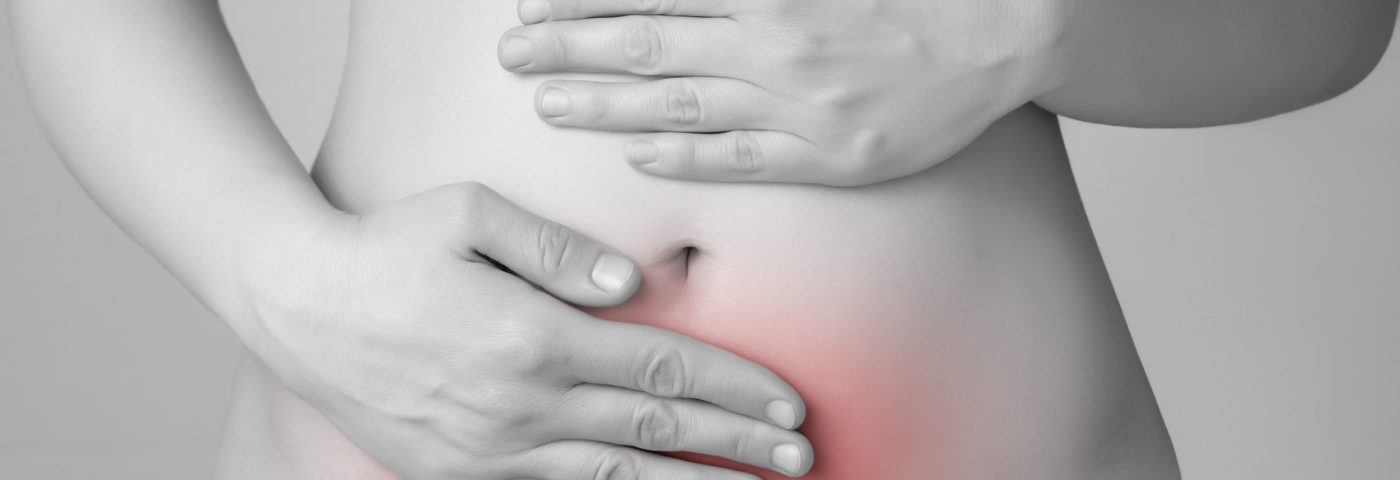This might be a little heavy for my very first column, but I want to give you some sort of overview of where my experiences with endometriosis come from.
I started my period in 1995, when I was 12. They were awful right from the start. I would have terrible tummy aches and would flood without warning because they were so heavy. I always thought it was normal, though, because that’s what friends and family told me.
When I was 21, sex became painful. The doctor sent me for a variety of blood tests along with STD/STI checks, but when everything came back clear, I was sent for a laparoscopy and was subsequently diagnosed with endometriosis.
In 2005, at diagnosis, endometriosis was found on my left ovary and on the Douglas pouch behind my womb. At my last surgery, in 2013, it was found on my Douglas pouch, both ovaries, bladder, pelvic brim and diaphragm. My left fallopian tube and left ovary were attached to my pelvic wall, and then all of that attached to my bowels. Oh, and my left fallopian tube also is blocked and it all has stopped me from ovulating. Basically, I’m riddled with it.
I’ve gone from having a painful few days while on my period, to suffering with pain daily. There is pain when I go the toilet. Pain is not only in my abdomen, but also across my back, down my legs and in my shoulder, neck and chest, plus incontinence, constipation, upset stomachs, fatigue, insomnia, mental health issues, hot flushes and mood swings. When they say endometriosis is so much more than a bad period, they sure as heck aren’t joking!
Over the years, I’ve tried every treatment option suggested to me and have had all manner of scans, surgeries and medications to help with the pain.
I’ve had two laparoscopies, two lots of laser surgery and adhesiolysis, tried Zolodex (twice, once with and once without hormone replacement therapy), Decapeptyl with HRT, three types of contraceptive pills, the Mirena coil, the Mirena coil and pill at the same time, the implant and a whole list of pain relievers, including tramadol, paracetamol, diclofenac, naproxen, nefopam, ibuprofen, dihydrocodeine and a TENs machine.
I’ve been to a pain management clinic and have seen a physiotherapist and a pelvic pain psychologist. I also have been put forward for experimental treatments usually given only to women with breast cancer, but unfortunately my bones couldn’t take the treatment.
Along the way, I also have been diagnosed with endometriosis-related pain, borderline osteoporosis, sciatica, fibromyalgia, trochanteric bursitis in my left hip, anxiety and depression.
In 2012, after years of flitting around from one job to another, when I was really starting to make some headway with a career path, I was laid off. It came at the worst possible time, when I was in a period of long-term sickness. With my health stopping me from being able to attend job interviews, I had to take some much-needed time out, from which, unfortunately, I never returned.
Endometriosis gave me the joyous gift of infertility, too, like it hadn’t robbed me of a life already. We were overjoyed to be granted one round of in vitro fertilization (IVF) and I got pregnant in March 2014. After a very rocky pregnancy, which included a lot of hospital trips and stays, an induction and an emergency C-section, our precious boy was born.
Pregnancy didn’t cure my endometriosis. I know, shocker, right!? I mean, I was told to get pregnant at 21 because it would cure me! But, sadly, my story is very much ongoing.
So, here I am.
I started writing about my health in 2011 on my blog, “Endometriosis: my life with you.” My goal has always been the same — get the word endometriosis out there, for people to see that word and question what it is, to spread awareness wherever I can. And, along the way, I found that I was supporting other women who were just as lost as I was, and who, in turn, supported me.
You can follow more of my journey at www.emlwy.com.
***
Note: Endometriosis News is strictly a news and information website about the disease. It does not provide medical advice, diagnosis, or treatment. This content is not intended to be a substitute for professional medical advice, diagnosis, or treatment. Always seek the advice of your physician or other qualified health provider with any questions you may have regarding a medical condition. Never disregard professional medical advice or delay in seeking it because of something you have read on this website. The opinions expressed in this column are not those of Endometriosis News or its parent company, BioNews Services, and are intended to spark discussion about issues pertaining to endometriosis.

